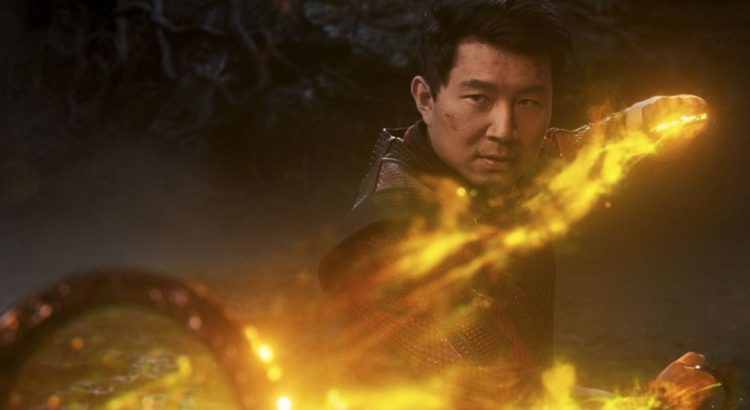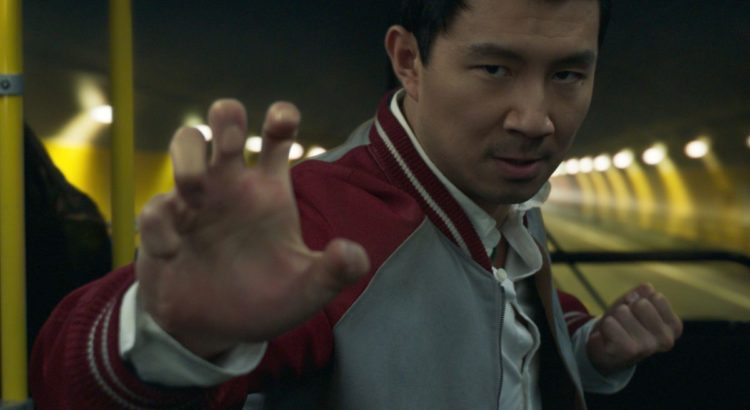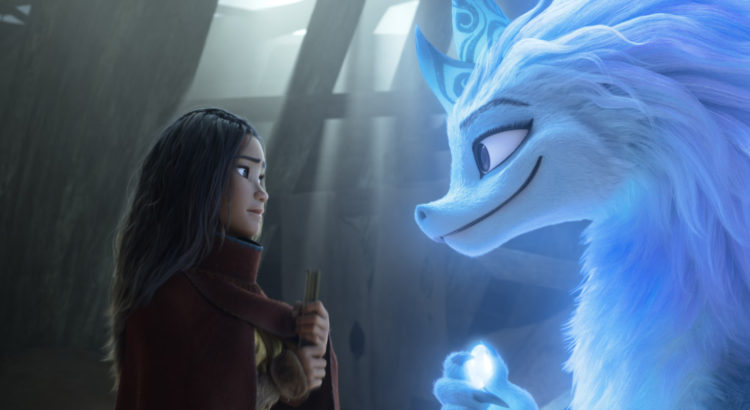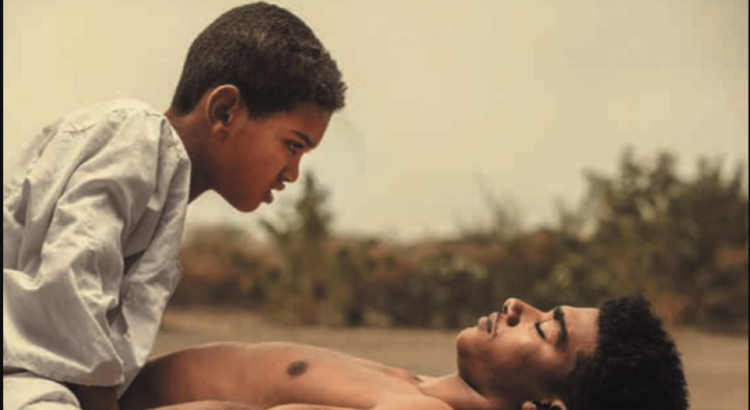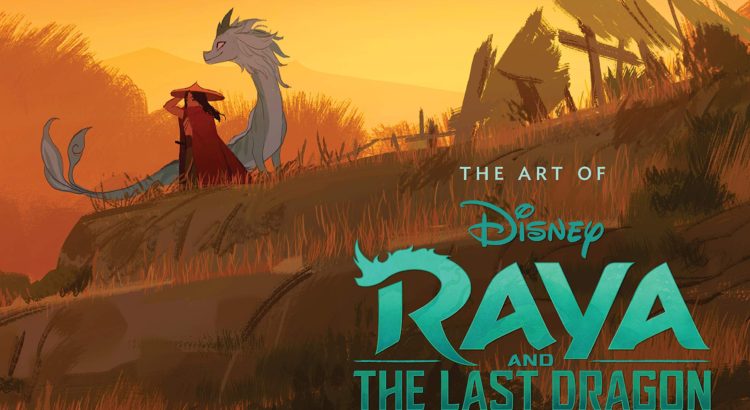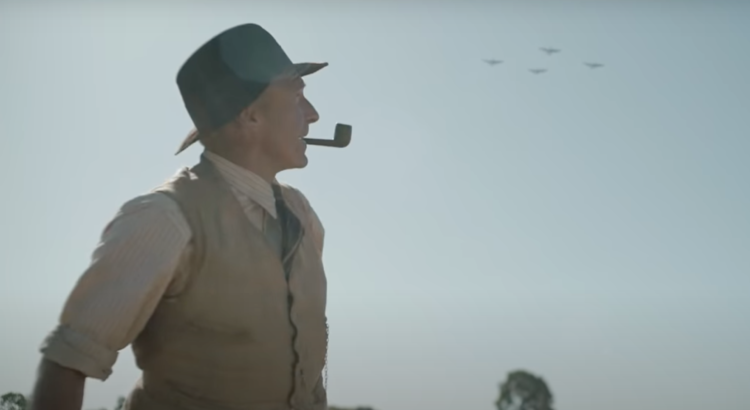Marvel Studios started off strong at the beginning of 2021 with WandaVision, but quickly lost steam with Falcon and the Winter Soldier, Loki, and Black Widow. However, it seems that Marvel is picking up the pace again.
Out of the newer MCU solo origin stories, I would rank Shang-Chi above most. I would consider Shang-Chi above Doctor Strange; both films closely follow Marvel’s cookie-cutter formula, however Doctor Strange feels more like a copy-and-paste of Iron Man (rich genius is humbled through injury and learns to keep moving and channel their pain into a newfound ability). Doctor Strange does have the upper hand on visual effects, but Shang-Chi does not always feel like an MCU movie – it’s refreshing.
Perhaps the strongest element of Shang-Chi is its action sequences. The use of well-choreographed martial arts makes the film a thrilling watch, even with the knowledge that all MCU films end with a massive CGI battle scene. I prefer these close combat fight scenes because I find myself zoning out when watching hordes of CGI aliens run across the screen. I am all for the suspension of disbelief, especially in Marvel films, but I still feel a massive disconnect the more fantastical things get. Shang-Chi does fight masses of nameless villains, but he confronts smaller groups of antagonists, making the combat feel tighter and making the audience feel closer to the action. Furthermore, location adds a new dimension to the film’s action, specifically to an early fight sequence on a moving bus, which is synced so perfectly with the score. You realize that Shang-Chi is just some guy who happens to be really good at martial arts, and you are inclined to root for him.
The side characters are also worth noting. Awkwafina plays an Awkwafina character, contrasted with Shang-Chi’s sister, Xu Xialing, who is arguably the same character as Evangeline Lilly’s Hope van Dyne in Ant-Man (the underestimated daughter who was never allowed to fight when she was young and has become hardened because her family who was never there for her). Nevertheless, it is clear that both Shang-Chi and Xialing have a lot of potential for future MCU projects, though it is slightly disappointing that they were not fully developed in their own film. However, the standouts are the parents, played by Tony Leung and Fala Chen. Tony Leung’s character, Wenwu, is a re-writing of his racist comic book counterpart as a character who is driven by human and more relatable motives, and is not the embodiment of yellow peril. And Ying Li is not simply a mother – she stands her ground and makes decisions for herself. She possesses a kind of grace that makes her presence known throughout the entire film.
Ultimately, Marvel knows how to make movies that will perform well at the box office. Perhaps it would have been too revolutionary for the MCU’s first East-Asian-led film to omit the CGI-Fest at the end in favor of diving deeper into its central character dynamic, but I am happy that Marvel believed in this film’s success.

